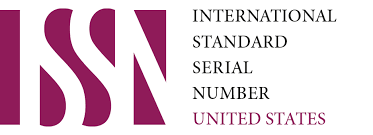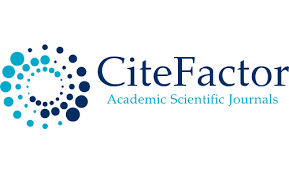Exploring Neologisms in Youth Press: In the Example of Uzbek and English Languages
Keywords:
youth-oriented publications, semantic domains, morphological patternsAbstract
This study explores the phenomenon of neologisms in the youth press, focusing on examples from both Uzbek and English languages. Through a corpus-based analysis, we investigate the emergence, semantic characteristics, and sociolinguistic implications of these linguistic innovations. Our findings highlight the dynamic nature of youth language and its reflection of cultural trends and identity construction
References
Crystal, D. (2016). Making sense of neologisms. English Today, 32(2), Tashkent University Press.
Tagirov, T. (2019). Youth Language in Uzbekistan: Sociolinguistic Analysis.
Slang, A. M. (2021). Oxford Dictionary of English Slang. Oxford University Press.
Algeo, J. (2006). British or American English?: A Handbook of Word and Grammar Patterns. Cambridge University Press.
Aitchison, J. (2013). Words in the Mind: An Introduction to the Mental Lexicon. John Wiley & Sons.
Cameron, D. (2000). Good to Talk?: Living and Working in a Communication Culture. Sage Publications.
Tagirov, T. (2017). Sociolinguistic Analysis of Neologisms in Uzbek Youth Language. Tashkent University Press.
Hall, J. K., & Pekarek Doehler, S. (Eds.). (2011). Sociolinguistics and Language Education. Multilingual Matters.
Thurlow, C., & Mroczek, K. (Eds.). (2011). Digital Discourse: Language in the New Media. Oxford University Press.
Crystal, D. (2012). The Cambridge Encyclopedia of Language. Cambridge University Press.
Tagirov, T. (2019). The Role of English Loanwords in Neologism Formation in Uzbek Youth Language. Tashkent University Press.
Bucholtz, M., & Hall, K. (2005). Identity and interaction: A sociocultural linguistic approach. Discourse Studies, 7(4-5), 585-614.
Khurshida Ashurova (2024). TEACHER’S PHILOSOPHY STATEMENT. JOURNAL OF LANGUAGE AND LINGUISTICS, 7(3), 4-9.
Downloads
Published
Issue
Section
License

This work is licensed under a Creative Commons Attribution-NonCommercial 4.0 International License.
User Rights
Under the Creative Commons Attribution-NonCommercial 4.0 International (CC-BY-NC), the author (s) and users are free to share (copy, distribute and transmit the contribution).
Rights of Authors
Authors retain the following rights:
1. Copyright and other proprietary rights relating to the article, such as patent rights,
2. the right to use the substance of the article in future works, including lectures and books,
3. the right to reproduce the article for own purposes, provided the copies are not offered for sale,
4. the right to self-archive the article.












